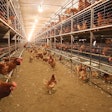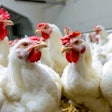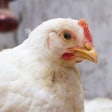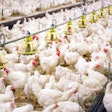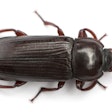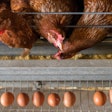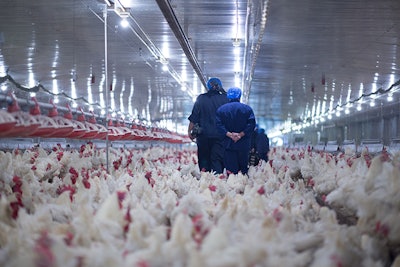
The mass vaccination of commercial poultry against avian influenza could be the best way to prevent future outbreaks, researchers from the University of Sydney wrote in Science.
“These outbreaks will continue to occur and while they can be controlled in the poultry by culling, this has significant economic and animal welfare issues,” Michelle Wille, one of the perspective’s co-authors and an ARC Discovery Early Career Research Award (DECRA) Fellow at the University of Sydney, told WATTPoultry.com.
“Changes to farming practices are needed if these outbreaks are to be avoided in the future.”
Some countries have already seen success with avian influenza vaccinations. A 2017 trial with a combined H5 and H7 vaccine successfully controlled H7N9 poultry outbreaks and human infections in China, she added.
In addition, an effective vaccination program for avian influenza could be more cost-effective than depopulation, the strategy most used to control the spread of the virus.
Wille also proposed prioritizing improvements to biosecurity and the avoidance of poultry production in waterbird rich areas. Transitioning to a decrease in poultry production, with decreases in flock size and density, may be a last resort to prevent the disease.
Avian flu outbreaks pose dangers to poultry and people
Outbreaks of highly pathogenic avian influenza (HPAI) in commercial poultry flocks have been reported throughout the world in 2022, including the U.S., Canada, Mexico, the U.K., the Netherlands, France, Hungary, Iceland, Bulgaria and more.
In the U.S., the United States Department of Agriculture (USDA) Animal and Plant Health Inspection Service (APHIS) confirmed the presence of the avian flu in Wisconsin, Oklahoma, Minnesota, North Dakota, South Dakota, Nebraska, Kansas, Iowa, Missouri, Kentucky, Indiana, Colorado, North Carolina, Delaware, Maryland, Pennsylvania and Utah. The virus has also been found in commercial game bird operations in Texas, New York and South Dakota.
“HPAI is a big challenge for the poultry industry because these viruses are very lethal for chickens, and to a lesser degree other poultry, as these birds have no pre-existing immunity to these viruses,” Wille said.
“Furthermore, given there is a risk of zoonotic infections, stamping out of avian influenza will always be a high priority, even if the virus doesn’t cause substantial mortality in poultry because of the potential for spill over causing human infections.”
A Colorado poultry worker tested positive for HPAI in late April 2022, the first reported infection for the U.S. in 2022.
To learn more about HPAI cases in North American commercial poultry flocks, see an interactive map on WATTPoultry.com.
Read our ongoing coverage of the global avian influenza outbreak.






